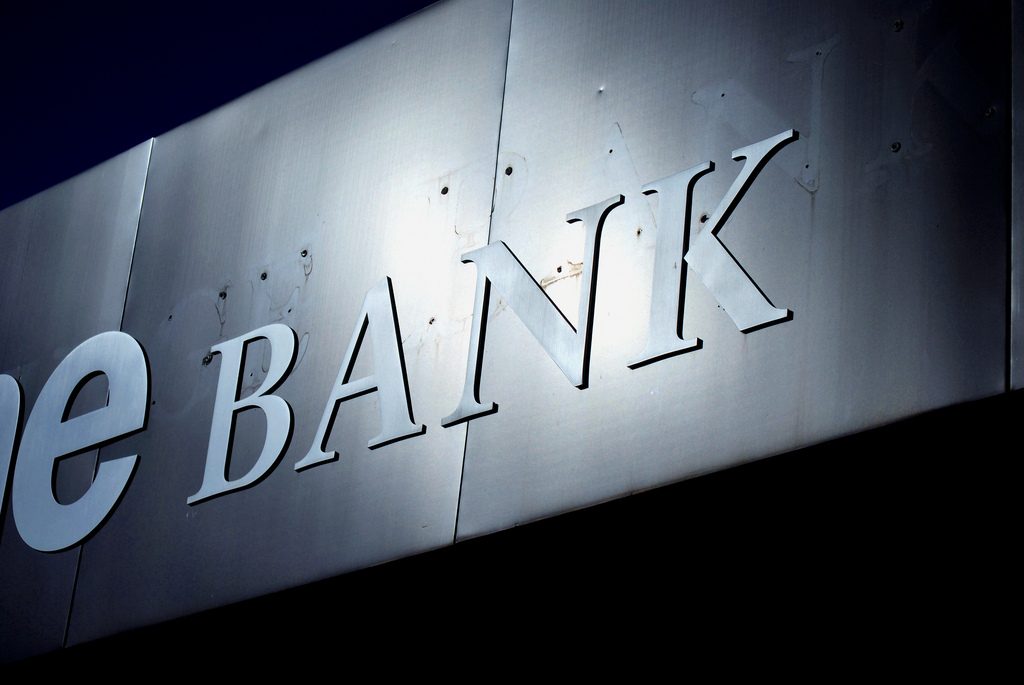As I noted in my last post, people have been pushing the idea that the government should run its own retail bank for some time now, with Kirsten Gillibrand the latest to endorse it. Ordinarily, people who advocate this idea call it “postal banking” because they want to graft the state-owned retail bank onto the postal service.
The desire to run the bank under the postal service seems to come from the fact that the postal service used to have such banking services. But I am not sure that this is the best way to go.
The most recent state-owned retail bank in the US was Ally Bank, which the federal government owned a majority stake in until 2014. Ally Bank was created after General Motors was nationalized in 2009 and GM spun off its old financing arm GMAC. GMAC was initially a bank focused on car loans, but under government ownership, the new Ally Bank expanded its range of services and became a full-service retail bank. It has checking accounts, saving accounts, certificates of deposit, mortgages, and even brokerage accounts.
Ally Bank is an online-only bank and, due to its low costs, offers free interest-bearing checking accounts with no minimum balance and free withdrawals from any ATM. This is the kind of account that public banking advocates tend to emphasize as the key to getting the unbanked into a bank account.
To me, it seems like the easiest way to get a public retail bank going would be to renationalize Ally Bank and then build from that base. Ally Bank is not a particularly big bank (compared to the Big Four) and currently has a market capitalization of $11.88 billion. Issuing treasury bonds to buy out the bank would not be that difficult and the dividends from the bank would provide a source of funding to pay off those bonds.
Once Ally Bank is renationalized, it could be restructured to achieve the social purposes of a public retail bank. Its low cost structure already allows it to provide free checking accounts, which could be expanded to more of the unbanked through public information campaigns. The bank is currently online-only, which dovetails nicely with the main population of people who are unbanked: young people who should be able to use the bank’s apps and website. And if it is determined that some kind of physical portal is necessary to achieve the bank’s social purposes, then the nationalized Ally Bank could contract with the USPS to provide that physical portal, e.g. allowing people to deposit cash at USPS locations.
Renationalizing Ally Bank has both practical and persuasive advantages over trying to start fresh with a new postal bank. The practical advantage is that it’s much easier to simply buy out a successful operation that already does a lot of what you are trying to do than it is to try to start from scratch within a postal service that is not very acquainted with banking at this point. The persuasive advantage is that you don’t have to try to convince people that you are doing a newfangled thing: the US government basically created Ally Bank in its current form and owned it for a few years, making it hard to argue that it cannot successfully renationalize it and direct it once again.

